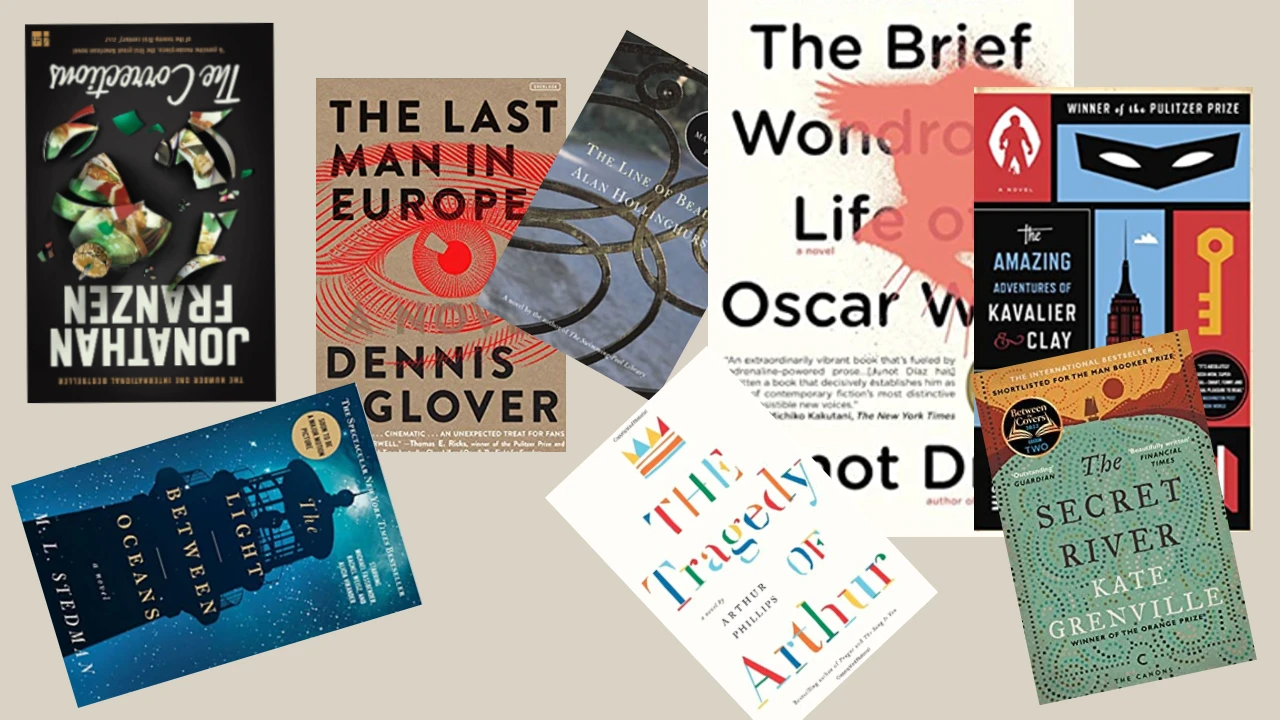
Newsletter Subscribe
Enter your email address below and subscribe to our newsletter

Enter your email address below and subscribe to our newsletter
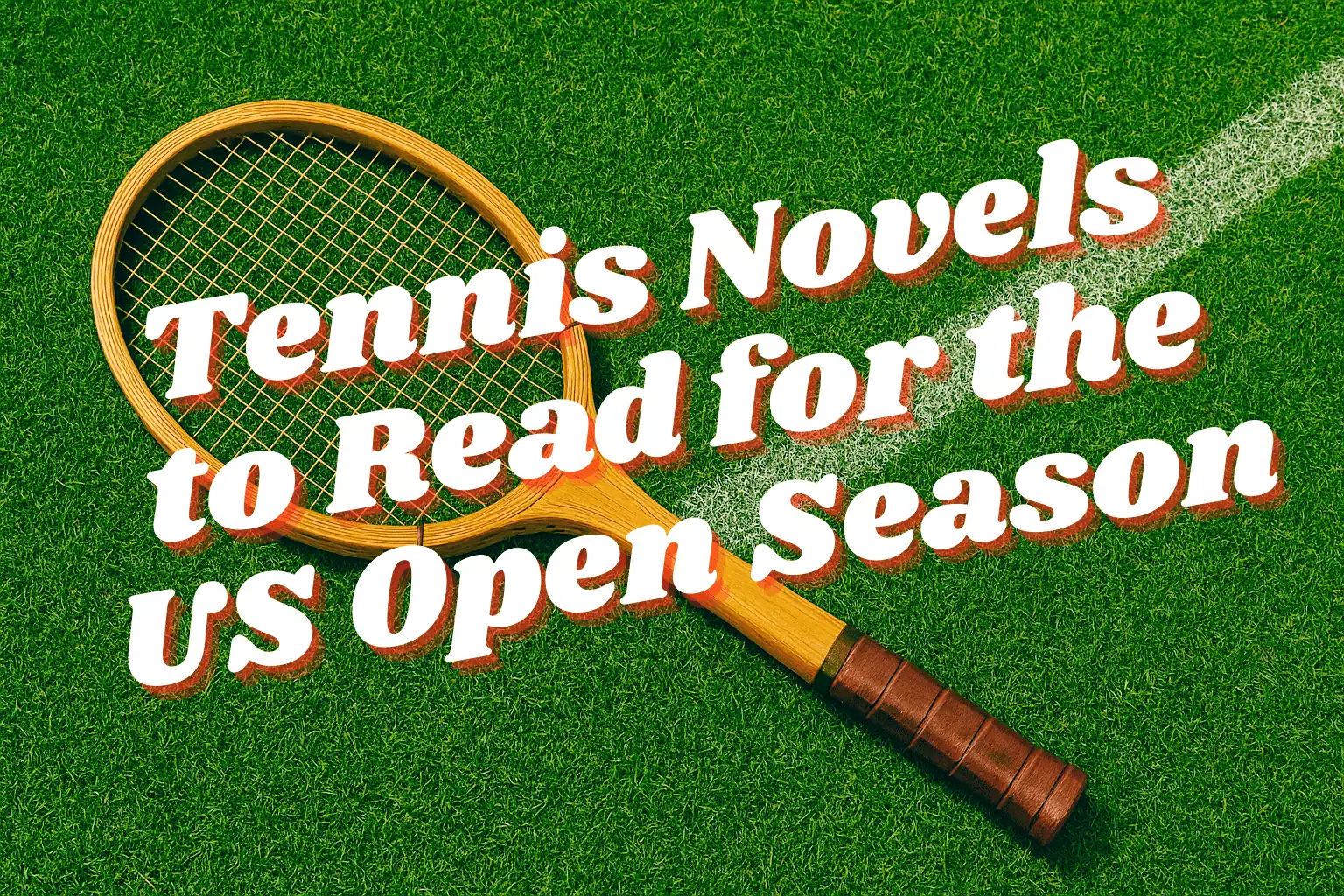
This content may contain affiliate links. When you buy through these links, we may earn an affiliate commission.
As the US Open approaches in the vibrant confines of Flushing Meadows, New York, tennis enthusiasts worldwide prepare to immerse themselves in the spectacle of athletic prowess, strategic brilliance, and unyielding determination that defines this storied Grand Slam. Founded in 1881 for men’s singles and expanded to include women’s in 1887, the US Open stands as the culmination of the tennis calendar, distinguished by its hard-court surface since 1978 and the electrifying night matches at Arthur Ashe Stadium.
In the realm of literature, tennis transcends mere sport to emerge as a potent metaphor for the human condition embodying themes of class stratification, interpersonal rivalry, existential striving, and the inexorable passage of time. From the manicured lawns of Edwardian estates to the gritty baselines of dystopian academies, the tennis court serves as a microcosm of society, where volleys of dialogue reveal character flaws, and unforced errors mirror life’s contingencies. This curation of novels from global literary traditions illuminates how authors have wielded tennis not merely as backdrop but as a narrative fulcrum, interrogating social mores, psychological depths, and cultural intersections. Spanning modernist experimentation to contemporary realism, these works invite readers to ponder the game’s elegance and brutality during the interstices of US Open matches.
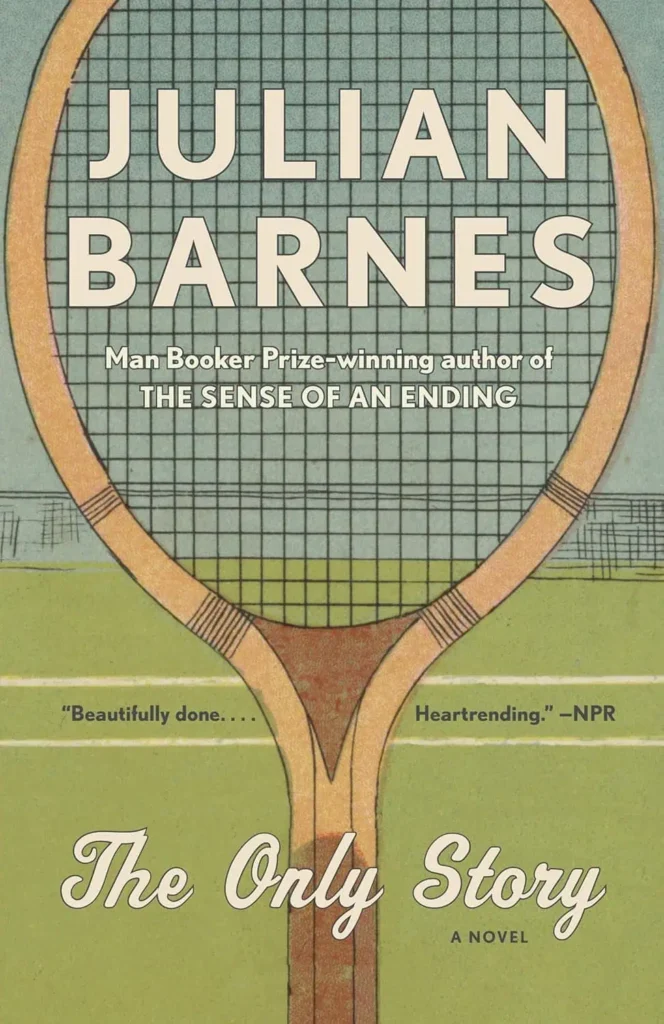
Published in 2018, The Only Story is an exploration of love’s transience, centered on Paul Roberts, a reflective and introspective 19-year-old university student, and Susan Macleod, a married 48-year-old mother of two, whose unconventional romance begins at a suburban tennis club in 1960s England. The novel traces their relationship’s arc from youthful passion to inevitable dissolution, shaped by societal disapproval, Susan’s descent into alcoholism, and Paul’s growing disillusionment.
Structured in three distinct parts each corresponding to a phase of love (formation, complication, aftermath), the narrative shifts from first-person to second and third-person perspectives, mirroring Paul’s emotional distancing over time. The tennis club, where their affair ignites during mixed doubles matches, serves as a nostalgic anchor, symbolizing both idyllic beginnings and the constraints of suburban mores.
Barnes’s realist style is phenomenological, characterized by elegant, precise prose that dissects the nuances of memory, regret, and moral ambiguity with surgical clarity, often pausing to philosophize on love’s singularity versus its universality. His motivation for the novel stemmed from a desire to interrogate the romantic ideal of a singular, defining love story, inspired by his own reflections on aging and the distortions of memory, as well as his interest in challenging conventional narratives of romance. The novel received critical acclaim for its introspective depth and stylistic finesse. While it did not win major awards, it was shortlisted for the 2018 Man Booker International Prize.
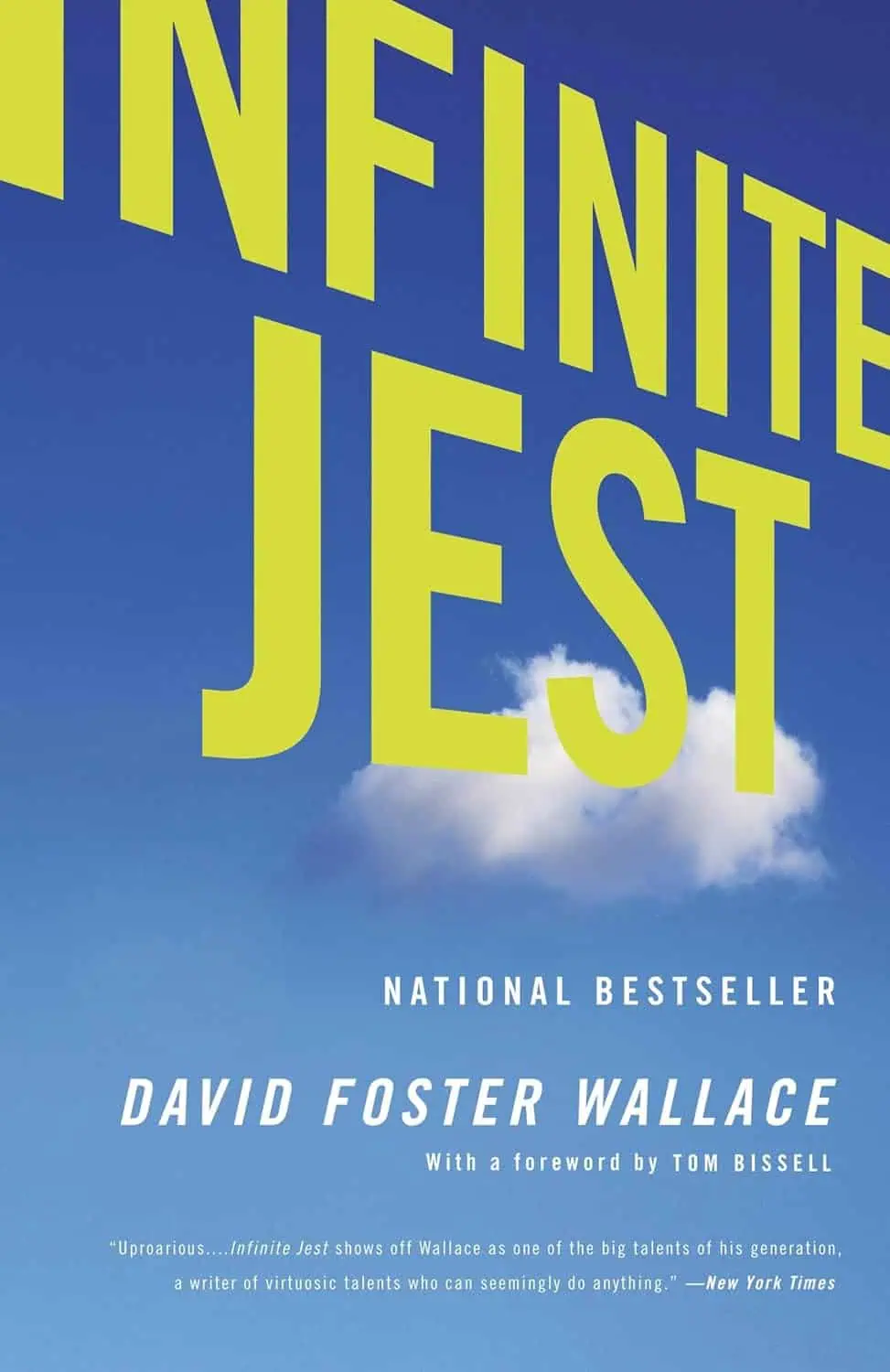
Published in 1996 by great albeit a tragic figure of David Foster Wallace, this magnum opus is an encyclopedic satire of addiction, entertainment, and existential malaise in a near-future North America, where the United States, Canada, and Mexico have merged into the Organization of North American Nations (O.N.A.N.), likely a parable with NAFTA agreement that has decimated the American blue collar working man. The plot unfolds through a nonlinear structure, fragmented across multiple timelines and subplots: the rigorous training at Enfield Tennis Academy (E.T.A.), the redemptive struggles of addicts at Ennet House Drug and Alcohol Recovery House, and the shadowy pursuits of Quebecois separatists hunting a lethally entertaining film cartridge titled Infinite Jest. These threads converge in a web of irony and despair, eschewing traditional resolution for a cyclical, open-ended form that mirrors the novel’s themes of entrapment and infinity. Wallace’s writing style is notoriously dense and demanding, employing stream-of-consciousness (thank you Joyce), extensive footnotes (nearly 100 pages), dialectical variations, obscure vocabulary, and disjointed chronology to alienate yet immerse the reader, blending highbrow erudition with pop-cultural detritus in a postmodern tour de force. Though laced with satirical humor, the novel’s tone veers toward the tragicomic, underscoring the futility of human endeavors. Though the novel was overlooked by literary award jurors not winning any of the coveted prizes, it is today hailed as a landmark of American literature.
And yes, for those asking, Wallace was a junior tennis player whose experiences informed the novel’s depictions of the sport. This prodigious but troubled man, taught creative writing at institutions like Illinois State University and Pomona College, and received a MacArthur “Genius” Fellowship in 1997 for his innovative prose. Plagued by severe depression throughout his adult life, Wallace died by suicide at age 46 in Claremont, California, leaving an unfinished novel, The Pale King (2011), and a legacy as a voice of millennial angst.

First published in 1934 by Evelyn Waugh, a British novelist renowned for his acerbic portrayals of the elite, this novel traces the dissolution of Tony Last’s idyllic marriage to Brenda amid infidelity and societal decay, pivoting from English aristocratic ennui to absurd tragedy in the Amazon. The plot follows a traditional arc with ironic twists, dividing into domestic satire and exotic misadventure, where tennis symbolizes upper-class frivolity before the narrative’s descent into farce. Waugh’s style is characterized by sharp wit, ironic detachment, and vivid imagery, deploying a satirical tone to eviscerate social norms in a comedic vein that borders on the macabre. Considered one of his masterpieces, it lacks specific awards but endures as a modernist critique.
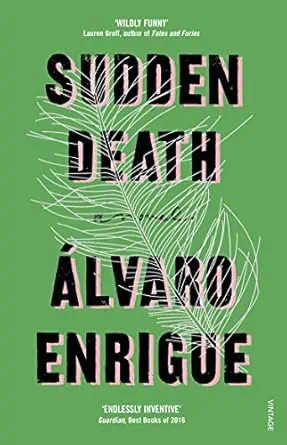
First published in Spanish as Muerte Súbita in 2013, with an English translation in 2016, this audacious novel reimagines a fantastical tennis match in 1599 between the volatile Italian painter Caravaggio, known for his chiaroscuro masterpieces and tempestuous life, and the Spanish poet Francisco de Quevedo, a sharp-witted satirist with a penchant for political intrigue. The match, played with a ball purportedly made from Anne Boleyn’s hair, serves as a surreal centerpiece, around which Enrigue weaves a tapestry of colonial encounters, artistic rivalries, and metaphysical musings. The narrative spans the Old World and New, incorporating figures like Hernán Cortés, whose conquests haunt the text, and Galileo Galilei, whose scientific musings underscore the novel’s temporal fluidity. The plot structure is deliberately fragmented, eschewing linear chronology for a mosaic of vignettes, historical digressions, and metafictional commentary, including reflections on the novel’s own construction.
This postmodern collage mirrors the chaotic interplay of power and culture, with tennis described as palla eh! in its Renaissance form serving as a metaphor for the violent exchanges of empire and art. Enrigue’s writing style is hallucinogenic, erudite, and irreverent, blending archival precision with playful anachronisms, crafting a prose that oscillates between cerebral intensity and sardonic humor, occasionally veering into the comedic through its absurd juxtapositions. The novel’s motivation stemmed from Enrigue’s fascination with the global entanglements of the 16th century and his desire to destabilize Eurocentric historical narratives, drawing parallels between the brutality of colonial conquest and the competitive ferocity of sport.
Sudden Death received widespread acclaim, winning the prestigious 2013 Herralde Prize for Spanish language literature and earning praise for its innovative form and intellectual audacity, cementing its status as a landmark in contemporary Latin American literature.
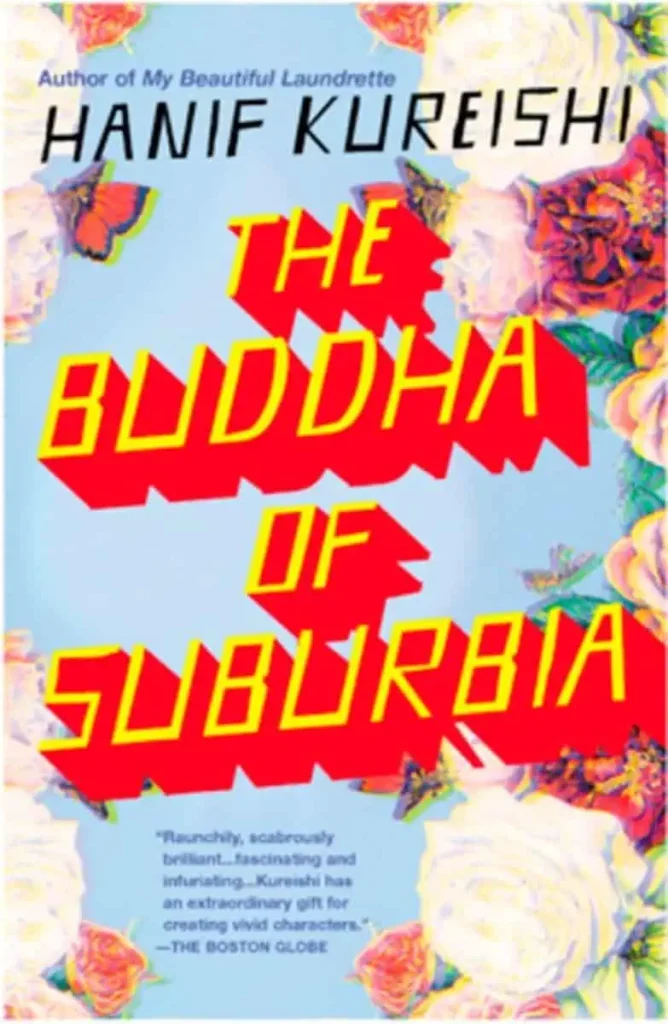
Published in 1990, this coming-of-age novel uses tennis to highlight the chasm between suburban and cosmopolitan British life, tracks Karim Amir’s navigation of identity, ambition, and cultural hybridity in 1970s London, with tennis evoking suburban pretensions. The plot unfolds chronologically, blending personal growth with societal satire. Kureishi’s style is witty and vivid, infusing social commentary with comedic flair that highlights racial and class absurdities, making it a comedic work. It secured the Whitbread Best First Novel Award.
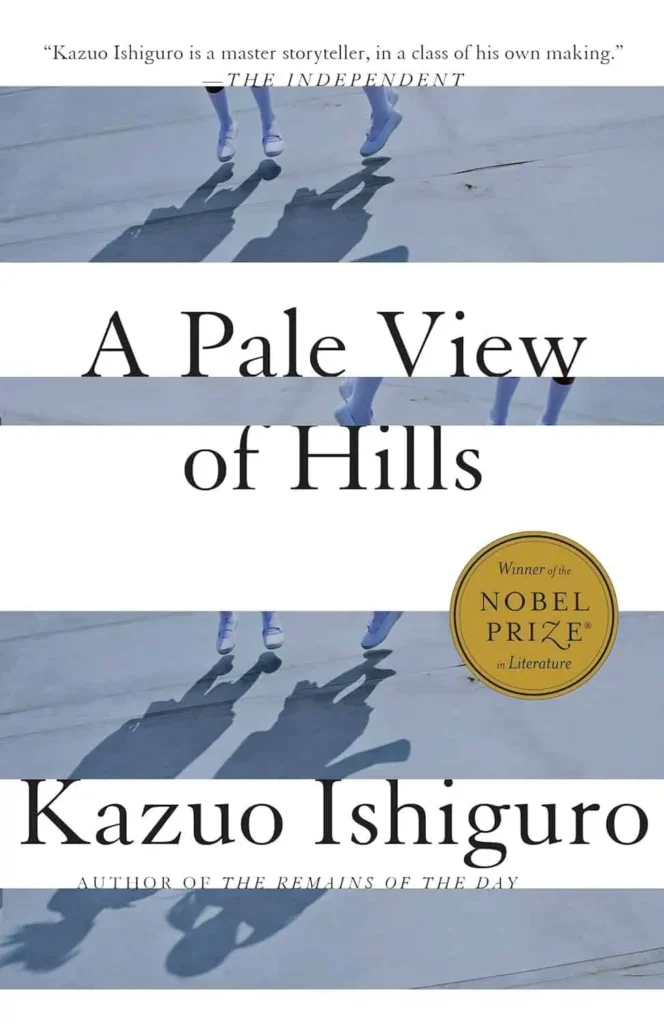
Debuting in 1982 by 2017 Nobel Prize winner Kazuo Ishiguro, this subtle tale features Etsuko’s reflections on postwar Nagasaki and her daughter’s suicide, with tennis symbolizing transitional leisure. The structure is nonlinear, reliant on memory and potential unreliability, fostering ambiguity. Ishiguro’s style is restrained and evocative, with artificial dialogue echoing Japanese minimalism. It won the Winifred Holtby Memorial Prize, and though it is not the best of Ishiguro’s writing, it is still worth reading.
There you have it, these tennis novels spanning modernist fragmentation to populist exuberance, engage in a dialectical rally probing the interstices of identity, class, and temporality. Their formal innovations, nonlinear chronologies, metafictional gambits, or lyrical minimalism mirror the strategic complexity of a five-set match, inviting contemplation of life’s unforced errors and fleeting triumphs. As spectators revel in the kinetic drama of Flushing Meadows, these novels offer a complementary intellectual pursuit, refracting the sport’s elegance and brutality through the prism of global literary traditions.